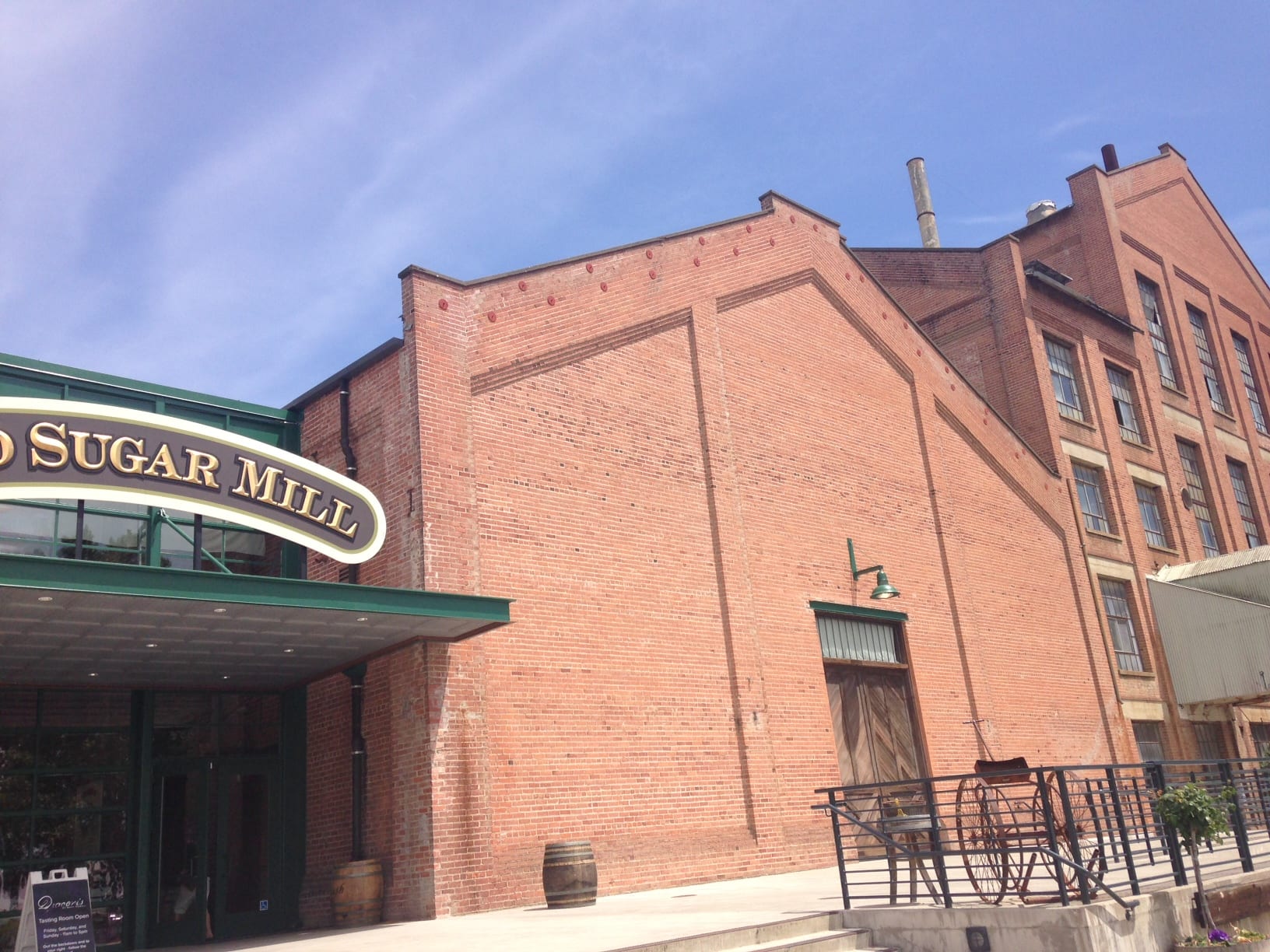
The Indianapolis Sugar Factory is the latest in about 30 stores, and the fourth in the Midwest, behind shops in Chicago Rosemont, Illinois and a store at Mall of America in Minnesota. Guests should expect the milkshakes to take up to 25 minutes to prepare, because the mugs have to be coated to order.Īlso there’s a mandatory 20-percent service charge, with 17 percent going to the service staff. “We haven't found that thing for Indy yet, but I'm sure it's coming because we know that's out there. The menu contains no item that screams Indiana, but Eversole said the chain expects to find a local signature dish to add.
#SUGAR FACTORY TOWN CENTER FREE#
Tax Day food deals: Get free subs, shaved ice, kids meals and more Another pancake will be topped with ice and cotton candy. Look for rainbow-colored stacks of pancakes. There’ll be weekend brunch starting next week. So we really hit all the elements of a good menu,” Eversole said. The former Żnin sugar factory, in its new guise as a destination for leisure and recreation, has infused the town with a new energy, demonstrating the great strength of old industrial architectures which, many years later, can still give something back to the territory where they were born.“We have everything from steak and lobster – surf and turf – and then all the gourmet monster burgers in between.

Moreover, the proximity of the complex to the lake that once supplied the water to the factory makes it possible to expand the recreational offer of the site, with ideal conditions for windsurfing and water sports. Here, trucks, pipes, trusses and other equipment have remained where they were, as direct references to the past. In addition to the conservation of the old industrial architecture with structural improvements, as well as the restoration of the old stone pavement, the recovery of industrial details also extends to the exteriors. Interior design plays a fundamental role in the recovery and reintegration of the place in its context. The third building houses a conference room that can accommodate 800 participants, as well as a cinema, a restaurant with additional space for hosting events, a marina, a rehabilitation centre and an additional, much smaller building whose function is still to be determined. The second building is a 3-star hotel, connected to a water park, a spa, a club and a brewery. The signature piece and attraction of the recovered complex is the main building, converted into a 4-star hotel featuring rooms, a restaurant and conference space. The process began in 2017 and was completed in 2020.Īs the architects explain in a press release, since the very beginning the intervention "focused on preserving the history of the building by retaining almost all elements of the old factory, right down to its screws and sheet scraps." This approach made it possible to maintain the authenticity of the former sugar factory, so much so that upon stepping into the main building, the first impression is that it still serves as a "factory".ĭespite the size of the complex, which consists of 27 buildings covering an area of 360,000 square metres, none of the existing structures have been demolished and all have been assigned new functions. All with the involvement of a large group of professionals under the direction of Marek Bulak Piotr Grochowski from the BULAK architecture studio in Warsaw. The goal was to revive the buildings which, despite being in ruin still offered great value, respecting their historical fabric, but also the changes made over the years and their aesthetic and technical diversity.
#SUGAR FACTORY TOWN CENTER FULL#
Władysław Grochowski, founder of the ARCHE interior design studio, later bought the complex with the desire to recover this place full of history. Luckily, however, someone saw the potential of the place and its architecture.

When the factory was closed down, the buildings that made up the complex were ultimately designated for demolition. Here, we find a sugar factory built in the late 19th century, which produced sugar from beets until 2004. The question of what to do with pre-existing industrial buildings, many of which are obsolete in our current world, yet still fascinating and often also of architectural value translates, more and more, into recovery projects, which make it possible to avoid their demolition, instead preserving and re-adapting the pre-existing buildings.Īn example of such an intervention on a macro scale can be found in Żnin in the Pomeranian constituency in Poland.


 0 kommentar(er)
0 kommentar(er)
